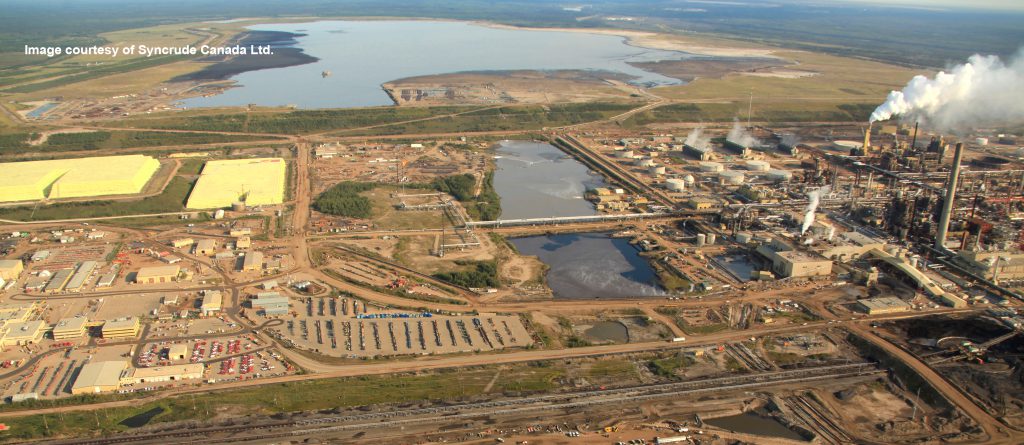The same advanced radar technology that helps keep birds and planes apart at airports is now protecting birds from contact with tailings ponds at Alberta Oil Sands production facilities.
The Accipiter® Bird Protection Radar System recently installed at Syncrude Canada Ltd. facilities north of Fort McMurray, Alberta, is the largest and most sophisticated radar-based bird protection system ever deployed. This advanced radar technology is developed and manufactured by Canadian company, Accipiter Radar Technologies Inc. based in Niagara, Ontario.
To cover the many tailings ponds over the large area of the Syncrude facility, the system seamlessly integrates numerous radar units and hundreds of wirelessly controlled, radar-activated bird deterrent devices that can all be monitored and controlled from a central site. There are several types of deterrent devices, both on land and floating on the ponds, including high-power acoustic hailing devices, propane cannons, strobe lights and animated predator effigies. The system uses rugged Birdavert™ deterrent modules manufactured by Alarm Control Systems, Inc. of Salt Lake City, Utah, which are proven under harsh mining conditions. Radar activation permits the deterrents to remain inactive until birds are detected and then they are triggered at the ideal distance from the bird for maximum effect. The sophisticated tracking radar measures the location, altitude, speed, direction and size of each bird and can distinguish safe behaviour, such as flying away from or overflying a tailings pond, from risky behaviour such as flying toward the pond while descending. Dr. Bob Beason, Accipiter’s Radar Ornithologist explains, “Birds habituate more slowly to deterrents that are triggered only in their immediate presence. That makes radar-activated deterrents more effective than timed or randomly activated devices at tailings ponds. It follows that high selectivity to risky behaviour will result in less unnecessary triggering, reducing habituation.”
In addition to activating deterrents when needed, the new system offers additional benefits towards bird protection. It tracks every movement of every bird in its combined field of view every couple of seconds and permanently stores the data for analysis. The historical data are available to help plan bird protection strategy and to measure and optimize deterrent effectiveness. Researchers can use the data to add to the scientific understanding of bird behaviour in the Northern Alberta environment, which in turn can lead to improved bird protection methods for all oil sands and mining operators in the region. Accipiter radar’s core mission is to develop radar technologies that improve safety of life and the environment. “We are delighted to be involved in protecting birds through this innovative application of our Radar Intelligence Network™ technology, which is perfectly aligned with our core mission.” Accipiter’s President & CEO Dr. Tim J. Nohara noted.
According to the Canadian Association of Petroleum Producers (CAPP), Canada has the third largest oil reserves in the world of which 97% are in oil sands. Mining is the method used to recover 20% of this oil.
– ENDS –

